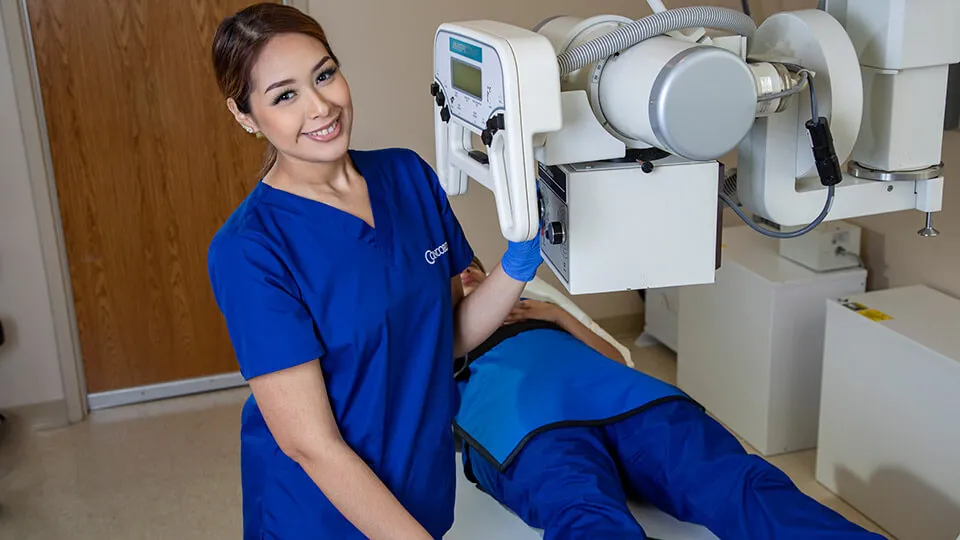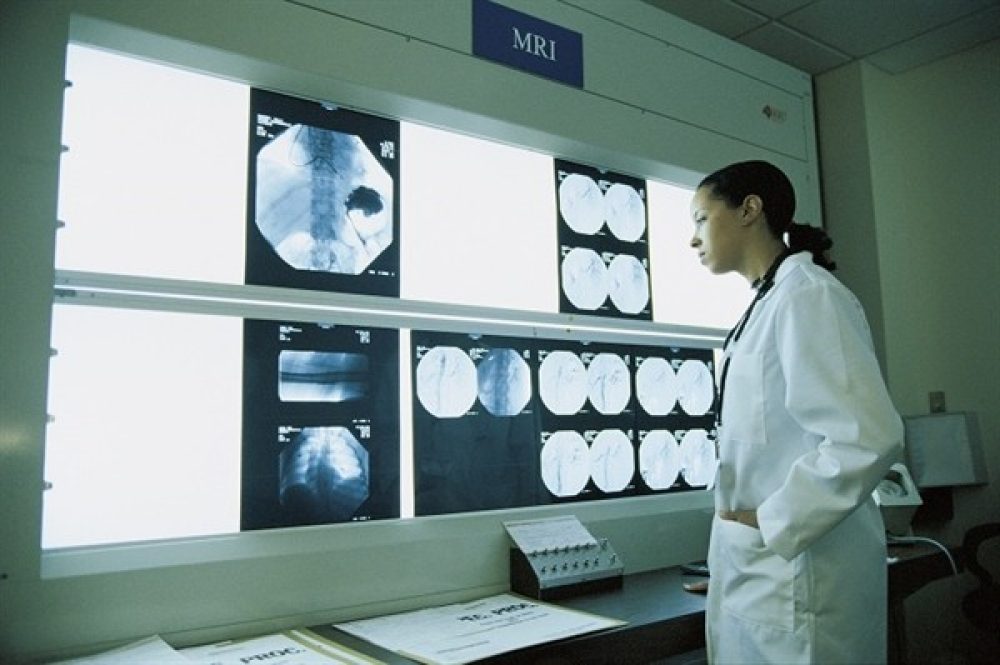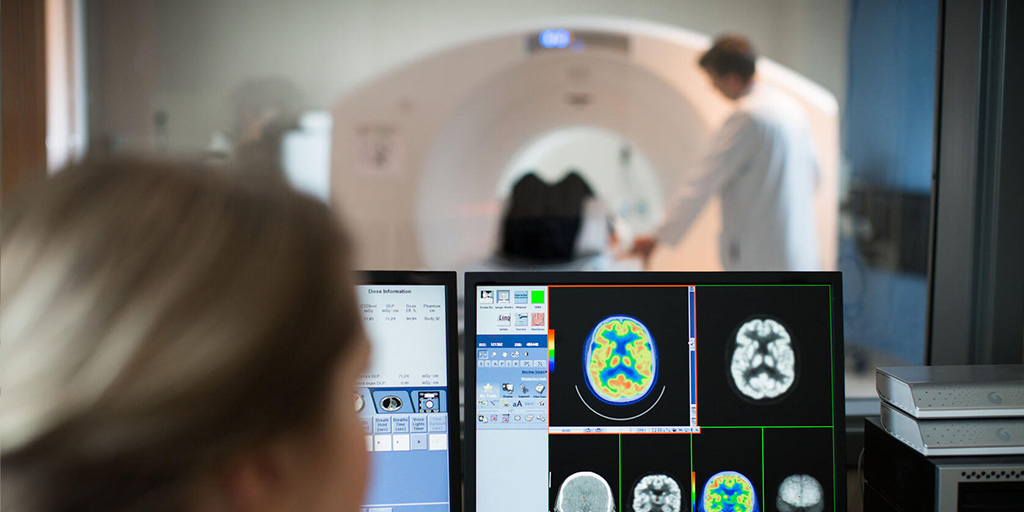Radiologic technology is a branch of medical imaging that involves the use of radiation to produce images of the human body. This field has been instrumental in the diagnosis, treatment, and management of various medical conditions. Over the years, radiologic technology has evolved significantly, with advancements in equipment and techniques leading to groundbreaking innovations in healthcare.
Toc [Hide]
In this article, we will explore some of the pioneering innovations brought about by radiologic technology and its impact on modern medicine.
Introduction to Radiologic Technology

Radiologic technology is at the forefront of modern healthcare, providing crucial diagnostic and therapeutic capabilities that enhance patient care. This field encompasses various imaging modalities and techniques that allow healthcare professionals to visualize the internal structures of the body with precision. For healthcare professionals, understanding the evolution, significance, and future of radiologic technology is vital for delivering high-quality patient care.
What is Radiologic Technology?
Radiologic technology involves the use of ionizing radiation, such as X-rays, to produce images that aid in the diagnosis and treatment of various medical conditions. The field offers a wide range of imaging techniques, including computed tomography (CT), magnetic resonance imaging (MRI), ultrasound, and nuclear medicine.
Radiologic technologists are highly skilled healthcare professionals who operate specialized equipment to perform these imaging procedures. They work closely with other members of the healthcare team, including radiologists, nurses, and physicians, to provide accurate and timely diagnoses.
Innovations in Radiologic Technology
The development of radiologic technology has significantly improved patient care over the years. Here are some pioneering innovations brought about by this field:
- X-Ray Imaging: Wilhelm Roentgen’s discovery of X-rays in 1895 revolutionized medical imaging. This non-invasive imaging technique allowed healthcare professionals to visualize bones and soft tissues without the need for surgery. Today, X-ray remains a crucial tool in diagnosing fractures, lung infections, and other conditions.
- Computed Tomography (CT): In 1972, Sir Godfrey Hounsfield developed the first CT scanner, which produced detailed cross-sectional images of the body. This technology helped detect small abnormalities that were previously undetectable on X-rays. Modern CT scanners use advanced computer algorithms and powerful X-ray beams to create highly-detailed images of organs and tissues.
- Magnetic Resonance Imaging (MRI): The development of MRI in the 1980s allowed healthcare professionals to visualize soft tissue structures, such as the brain and spinal cord, with exceptional clarity. Unlike X-rays and CT scans, MRI uses a powerful magnetic field and radio waves to produce images without exposing patients to ionizing radiation.
- Positron Emission Tomography (PET): PET imaging combines nuclear medicine and computer technology to create images that show the function of organs and tissues within the body. This technique helps detect changes in cellular function, making it valuable for diagnosing diseases like cancer at an early stage.
Importance and Role of Radiologic Technologists
Radiologic technologists play a crucial role in the healthcare system, serving as the link between advanced imaging technologies and patient care. They are responsible for preparing patients for imaging procedures, ensuring that they understand the process and addressing any concerns they may have. This patient interaction not only aids in creating a comfortable environment but also contributes to the accuracy of the images produced.
Furthermore, radiologic technologists must possess a strong understanding of the equipment and techniques used, as well as the principles of radiation safety. They meticulously position patients and adjust imaging parameters to obtain high-quality images while minimizing radiation exposure. Their expertise is vital in ensuring that healthcare providers can make informed decisions based on reliable diagnostic information, ultimately enhancing patient outcomes and advancing medical practice. As the field of radiologic technology continues to evolve, ongoing education and training for radiologic technologists will be essential to keep pace with new innovations and maintain high standards of care.
Details of Key Technologies and Techniques in Radiologic Imaging

In this section, we will delve deeper into the key technologies and techniques used in radiologic imaging.
X-Ray Imaging
X-ray imaging remains one of the most widely used diagnostic tools in medicine due to its efficiency and effectiveness. This technique utilizes controlled amounts of ionizing radiation to produce images of the body’s internal structures. When X-rays pass through the body, they are absorbed by different tissues at varying rates; dense materials like bones absorb more radiation, appearing white on the resulting image, while softer tissues allow more radiation to pass through, appearing darker.
Modern advancements in digital X-ray technology have enhanced image quality and reduced radiation exposure for patients. Digital detectors replace traditional film, allowing for immediate image capture and processing. This not only speeds up the diagnostic process but also facilitates image manipulation, making it easier for radiologists to identify abnormalities. Additionally, the integration of computer-aided detection (CAD) systems assists in identifying potential issues like fractures or tumours, further improving diagnostic accuracy.
Overall, X-ray imaging continues to be an indispensable component of radiologic technology, providing key insights that aid in the diagnosis and management of numerous medical conditions. With ongoing advancements, it paves the way for even more refined and patient-friendly applications in the future.
Computed Tomography (CT)
Computed Tomography (CT) has transformed the landscape of diagnostic imaging, enabling healthcare providers to obtain comprehensive views of the body with precision. CT imaging works by rotating an X-ray beam around the patient, capturing multiple images from various angles. A computer then processes these images to create cross-sectional slices of the body, allowing for the visualization of internal organs, bones, and soft tissues in great detail.
CT scans are particularly useful in emergency settings, where quick and accurate assessments are critical. They can effectively diagnose conditions such as traumatic injuries, strokes, and certain cancers by providing real-time images that help in treatment planning. Recent advancements in CT technology, including iterative reconstruction techniques, have further improved image quality while reducing radiation doses, addressing concerns about the risks associated with repeated exposure. Moreover, multi-slice CT scanners can acquire multiple slices in a single rotation, significantly decreasing scan time and improving patient comfort. As research continues to drive advancements in CT imaging, the potential for enhanced diagnostic capabilities and tailored imaging protocols grows, making it an essential tool in modern healthcare.
Magnetic Resonance Imaging (MRI)
Magnetic Resonance Imaging (MRI) is celebrated for its ability to produce high-resolution images of soft tissues without the use of ionizing radiation. Utilizing strong magnetic fields and radiofrequency pulses, MRI scans generate detailed images that are invaluable in diagnosing a variety of conditions, particularly those affecting the brain, spinal cord, joints, and soft tissues.
MRI’s versatility extends to its ability to be tailored for specific diagnostic needs through various sequences and techniques. For instance, contrast-enhanced MRI can provide greater detail in vascular structures, while functional MRI (fMRI) allows for the mapping of brain activity based on blood flow changes. As MRI technology evolves, innovations such as 7T MRI (seven Tesla magnets) are pushing the boundaries of imaging resolution, offering unprecedented insights into complex anatomical structures and pathological processes. With the ongoing development of advanced software for image analysis and machine learning algorithms, the future of MRI looks promising, paving the way for more personalized and efficient healthcare solutions.
Through the continuous integration of technological advancements, both CT and MRI remain at the forefront of radiologic technology, enhancing diagnostic accuracy and contributing significantly to patient care.
Ultrasound Imaging
Ultrasound imaging, or sonography, is a non-invasive diagnostic technique that utilizes high-frequency sound waves to create images of internal structures. One of its primary advantages is that it does not involve ionizing radiation, making it a safe option for various patient populations, including pregnant women and infants. The ultrasound machine emits sound waves that travel through body tissues; these waves reflect back to the transducer when they encounter different types of tissues, allowing for the generation of real-time images.
Ultrasound is particularly valued for its versatility and effectiveness in assessing soft tissues, organs, and blood flow. It is commonly used in obstetrics to monitor fetal development, as well as in cardiology to evaluate heart function through echocardiography. Advances in ultrasound technology, such as 3D and 4D imaging, are enhancing the level of detail and information available to clinicians. Additionally, developments in portable ultrasound devices are making this technology more accessible, enabling point-of-care assessments and rapid clinical decisions. As technology continues to advance, ultrasound imaging will likely expand its role in diagnostic medicine, improving patient outcomes and diagnostic precision.
Interventional Radiology
Interventional radiology (IR) represents a transformative approach within radiologic imaging, combining imaging techniques with minimally invasive procedures to diagnose and treat various medical conditions. This specialty utilizes imaging guidance—such as X-rays, CT, or ultrasound—to perform targeted interventions, resulting in less trauma to the patient and quicker recovery times compared to traditional surgical methods.
Common interventional procedures include the placement of catheters, stent placements, and biopsies. For instance, image-guided biopsy allows for precise targeting of abnormal tissues while minimizing damage to surrounding structures. The ongoing development of advanced imaging techniques and tools is greatly enhancing the capabilities of interventional radiology, allowing for more complex procedures to be performed safely and effectively. As a result, interventional radiology is becoming integral to patient care across various specialties, demonstrating the vital synergy between diagnostic imaging and therapeutic intervention.
Future Trends in Radiologic Technology

As the field of radiologic technology continues to evolve, several trends are poised to shape its future. One significant advancement is the integration of artificial intelligence (AI) and machine learning into imaging workflows. AI algorithms can enhance image analysis, aiding radiologists in detecting abnormalities with greater accuracy and speed. This technology can provide decision support, potentially reducing interpretation errors and helping to prioritize cases based on urgency.
Additionally, the rise of personalized medicine is influencing radiologic practices, with imaging modalities becoming tailored to the individual needs of patients. Advances in radiomics—where quantitative data is extracted from medical images—allow for more nuanced insights into disease processes, ultimately contributing to more personalized and effective treatment plans. Furthermore, the growing emphasis on remote healthcare services has spurred innovations in teleradiology, enabling radiologists to provide consultations from any location, thereby improving access to expert opinions and resource allocation.
Moreover, enhancing patient experience through technological advancements is increasingly recognized. Developments in imaging equipment, such as quieter MRI machines or devices that reduce scan times, are designed to ease patient anxiety and discomfort, while educational tools and clear communication foster a more informed patient population. As these trends continue to converge, the future of radiologic technology promises enhanced diagnostic capabilities, improved patient care, and a more integrated approach to healthcare delivery.
Conclusion

In summary, the rapid advancements in radiologic technology are revolutionizing the landscape of medical diagnostics and treatment. With innovations in MRI, ultrasound, and interventional radiology, healthcare providers can achieve unprecedented accuracy and efficiency in patient care. The integration of artificial intelligence and personalized medicine is paving the way for tailor-made imaging approaches that cater to individual patient needs, ultimately enhancing therapeutic outcomes. As these technologies continue to evolve, they promise to bridge the gap between diagnostic imaging and clinical intervention, fostering a more holistic healthcare system. By embracing these changes, we stand on the brink of a new era in radiology—one that prioritizes precision, accessibility, and patient-centric care.







